
Yom Kippur Like Purim: Fasting, Joy, and the Hidden Face of God Part 2
B"H
The Mystical Connection: Yom Kippurim as Yom K’Purim
The Zohar (III:67a) famously interprets the Torah’s phrase Yom HaKippurim as Yom K’Purim — “a day like Purim.” The mystical intuition is that the two days are not merely similar but mirror images, two poles of one reality.
1. The Casting of Lots
On Yom Kippur, the holiest act of the day is the Kohen Gadol casting lots upon two goats (Leviticus 16:8–10). One lot falls “for Hashem,” offered in the innermost sanctuary; the other “for Azazel,” sent into the wilderness to bear the sins of Israel. The randomness of the lot reveals divine will — Hashem’s hidden decree made manifest through chance.
On Purim, the enemy Haman casts lots (purim) to decide the date for annihilating the Jews (Esther 3:7). Here too, the lot represents hidden decree. Yet the lot that seemed to seal destruction becomes the vehicle of salvation, for Hashem reverses the outcome.
Both days, then, pivot on the idea of goral — fate, chance, providence. But on Yom Kippur, the lot is cast by the High Priest, openly in service to Hashem. On Purim, the lot is cast by an enemy, hidden in the palace of Shushan. One is sacred ritual, the other profane gamble. Yet both are turned by Hashem’s unseen hand.

2. Reversals and Atonement
Yom Kippur is the day of atonement. A decree of judgment hangs over Israel, but through teshuvah, prayer, and fasting, the decree is annulled. The people move from guilt to forgiveness, from death to life.
Purim too is a day of reversal (venahafoch hu). A decree of annihilation hangs over Israel, but through unity, prayer, and courage, the decree is annulled. The people move from death to life, from mourning to joy.
Both days reveal Hashem as the One who overturns fate. On Yom Kippur, He forgives the sins of His people. On Purim, He reverses the plans of their enemies. Both culminate in the same conclusion: “LaYehudim hayta orah v’simchah v’sason vikar” — “For the Jews there was light and joy and gladness and honor” (Esther 8:16).
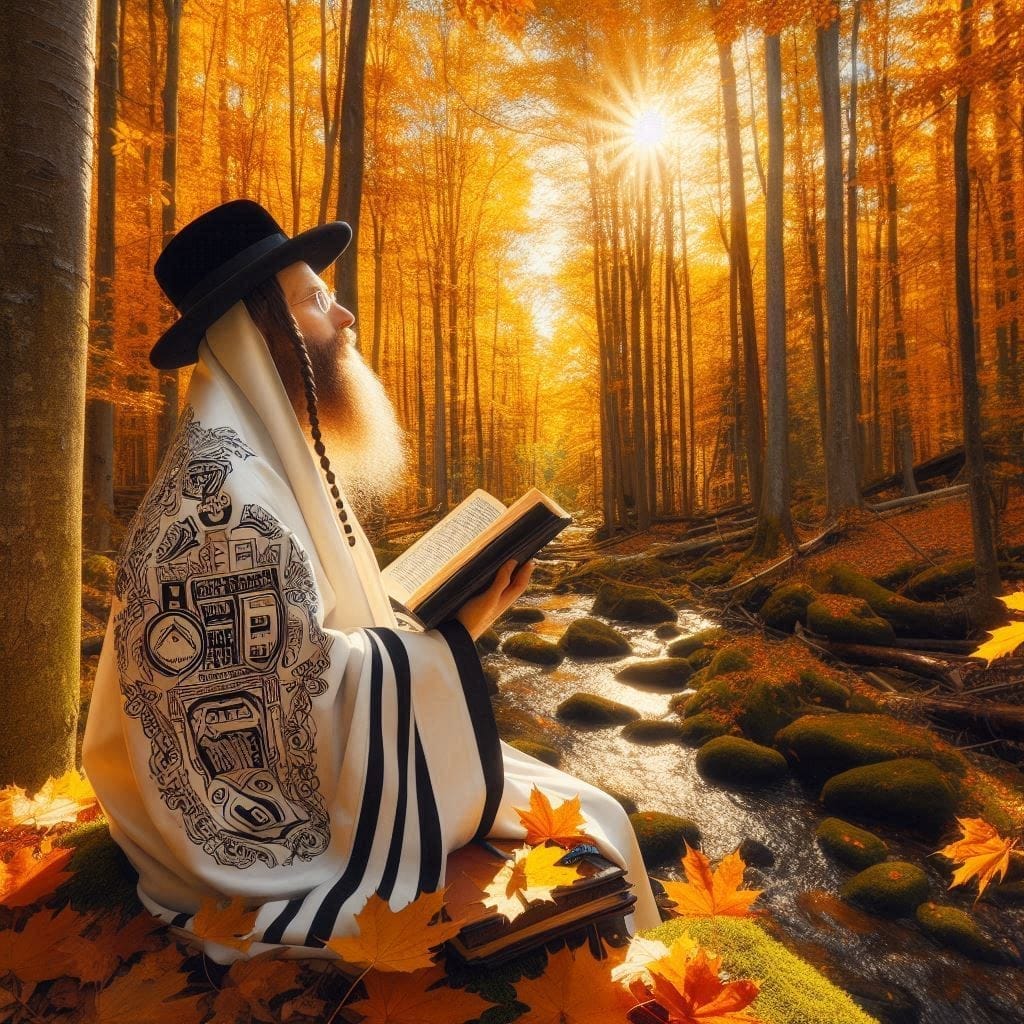
3. Hiddenness and Revelation
Yom Kippur is the most exalted revelation of the year. The Kohen Gadol enters the Holy of Holies, where the Shekhinah rests between the cherubim. All Israel bows as the Name of Hashem is pronounced in holiness. It is a day of unveiled awe, where heaven touches earth.
Purim is the most hidden day of the year. God’s Name does not appear in the Megillah. The miracle unfolds through political intrigue, chance encounters, sleepless nights, and hidden identities. Hashem is never mentioned, yet His presence is everywhere.
The kabbalistic insight is that the hiddenness of Purim is even greater than the revelation of Yom Kippur. Yom Kippur shows God in majesty; Purim shows God in disguise. Yom Kippur lifts us beyond the body; Purim reveals Him within the body. Both together teach that there is no place empty of Him — neither in heaven’s throne nor in the wine-feast of a Persian king.
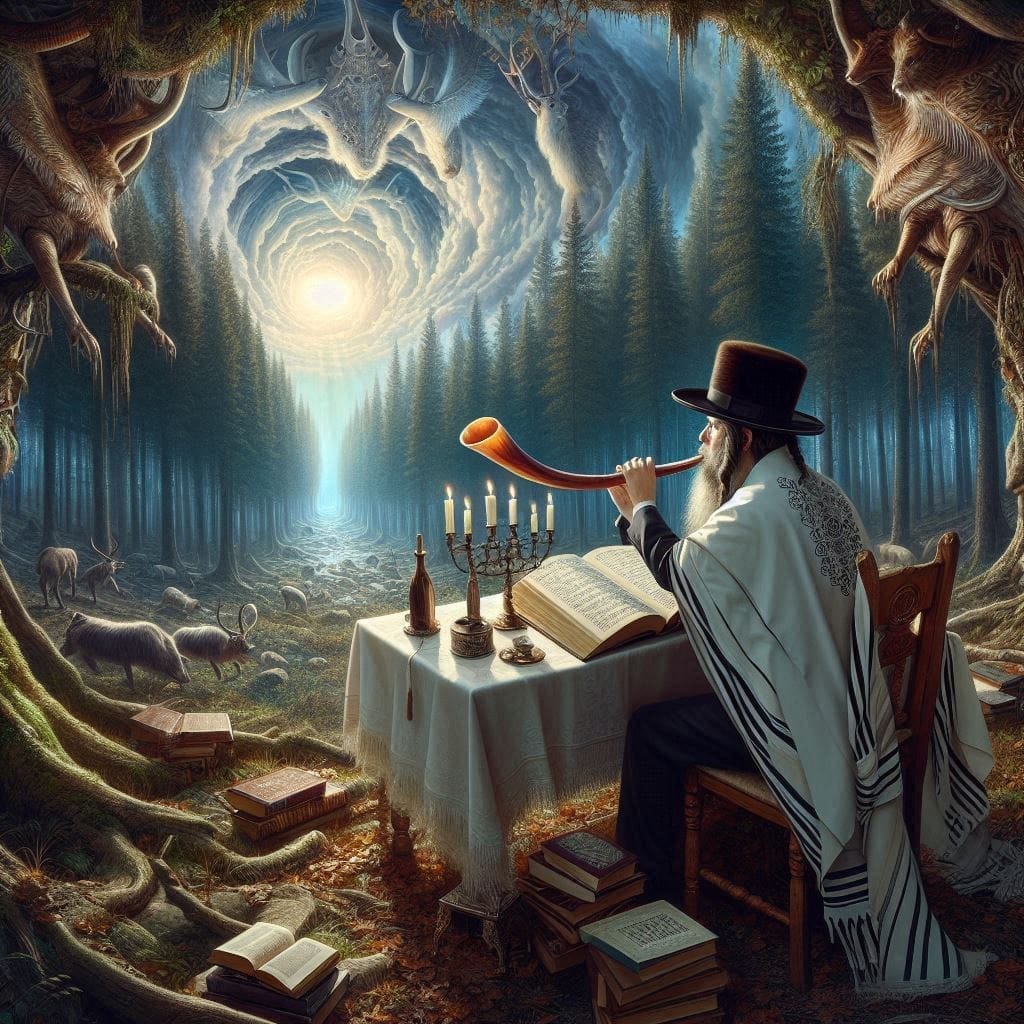
4. The Joy of Angels and the Joy of Men
On Yom Kippur, Israel becomes like angels. We do not eat or drink, we wear white, we refrain from physical indulgence. The Talmud (Yoma) even compares the people on Yom Kippur to the ministering angels, for one day standing without bodily need. This is joy beyond the flesh — the ecstasy of closeness to God.
On Purim, Israel embraces the body. We eat, drink, laugh, dress in masks, and sanctify the ordinary. The Talmud (Megillah) says one is even obligated to drink until he cannot distinguish between “cursed is Haman” and “blessed is Mordechai.” This is joy within the flesh — the ecstasy of finding God in the mundane.
The Zohar says: Yom Kippur is like Purim, but not equal to it. Purim is greater. Why? Because to find holiness in fasting is wondrous, but to find holiness in feasting is the greater miracle. To become angelic for one day is sublime, but to be human in body and still find God in wine, bread, and laughter — this is even higher.
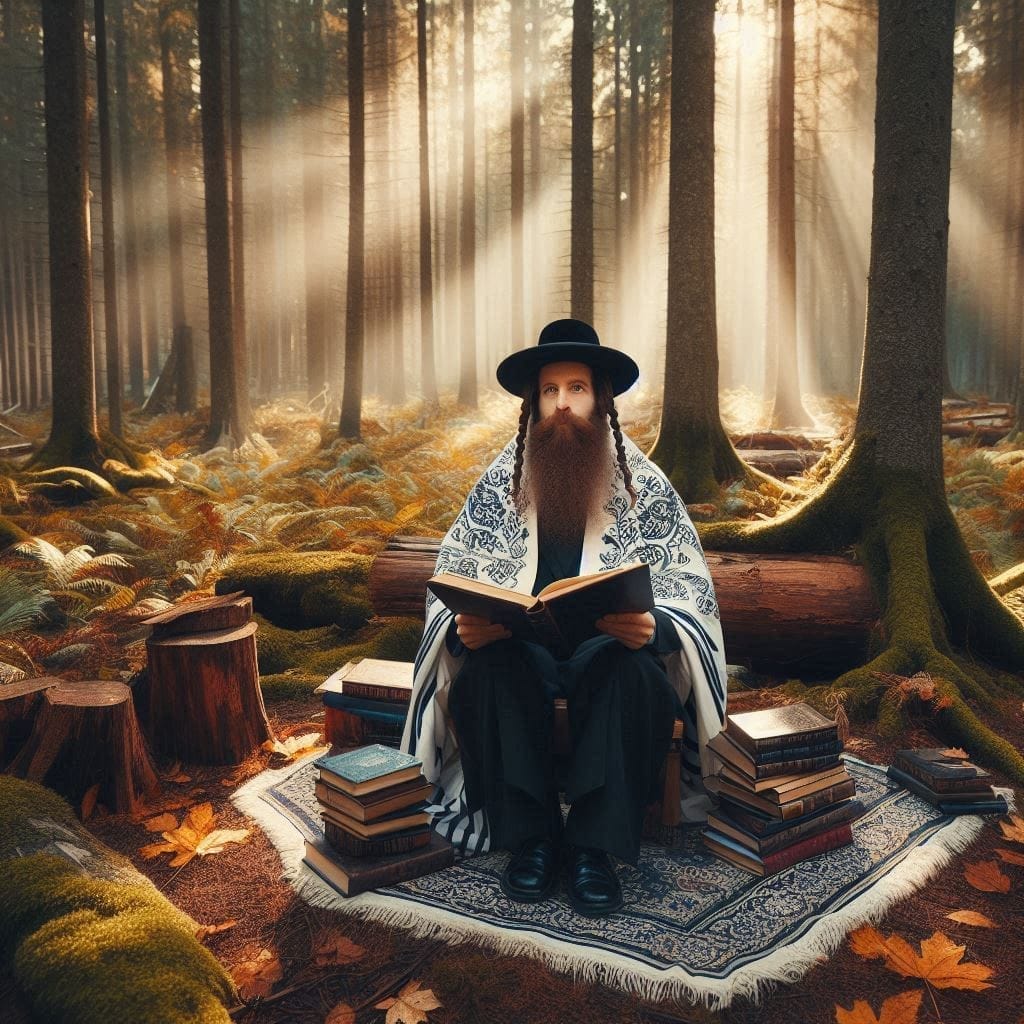
5. Ramban and the Hidden Face
Nachmanides (Ramban, commentary to Esther 9:27) explains that Purim will never pass away because it reveals the secret of hester panim — God’s hidden face. In exile, miracles are concealed within history. Purim teaches us to see Hashem when He is not named.
Yom Kippur, by contrast, is the day of revealed face — the ultimate unveiling of Hashem’s mercy. But in the end, hiddenness penetrates deeper than revelation. This is why Purim is not only like Yom Kippur, but greater in its reach.
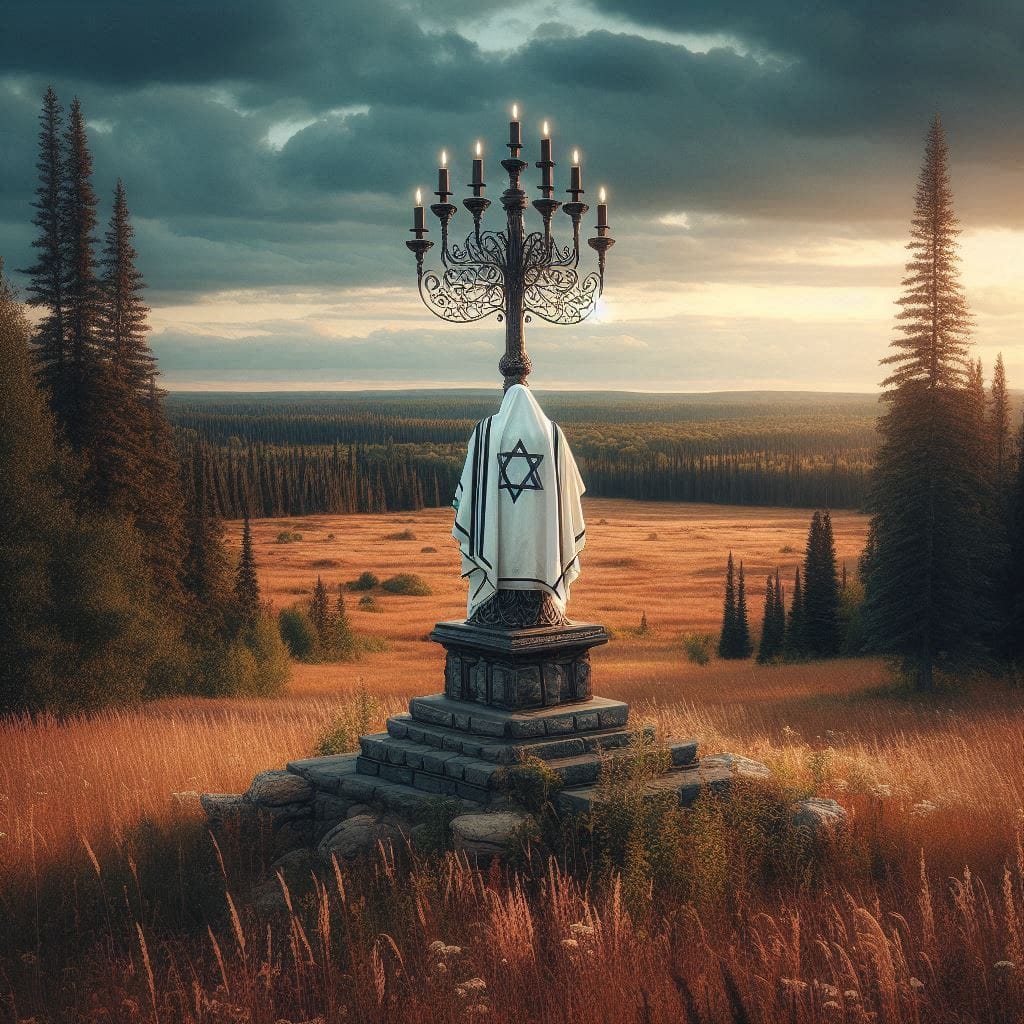
6. Rebbe Nachman: Joy as the Highest Mitzvah
Rebbe Nachman of Breslov taught: “Mitzvah gedolah lihyot b’simchah tamid” — it is a great mitzvah to be always in joy. On Yom Kippur, joy is expressed in awe and trembling, in white garments and tears. On Purim, joy is expressed in laughter, dance, and wine. Both are joy — but Purim’s joy is in disguise, like the Name of Hashem hidden in Esther.
Rebbe Nachman explains that sadness is the greatest obstacle to teshuvah, for it paralyzes the heart. But joy breaks barriers and opens the gates. This is why Yeshua’s words in Matthew 6 align so closely: “When you fast, do not look gloomy… but wash your face.” True fasting, like true feasting, must be clothed in joy.
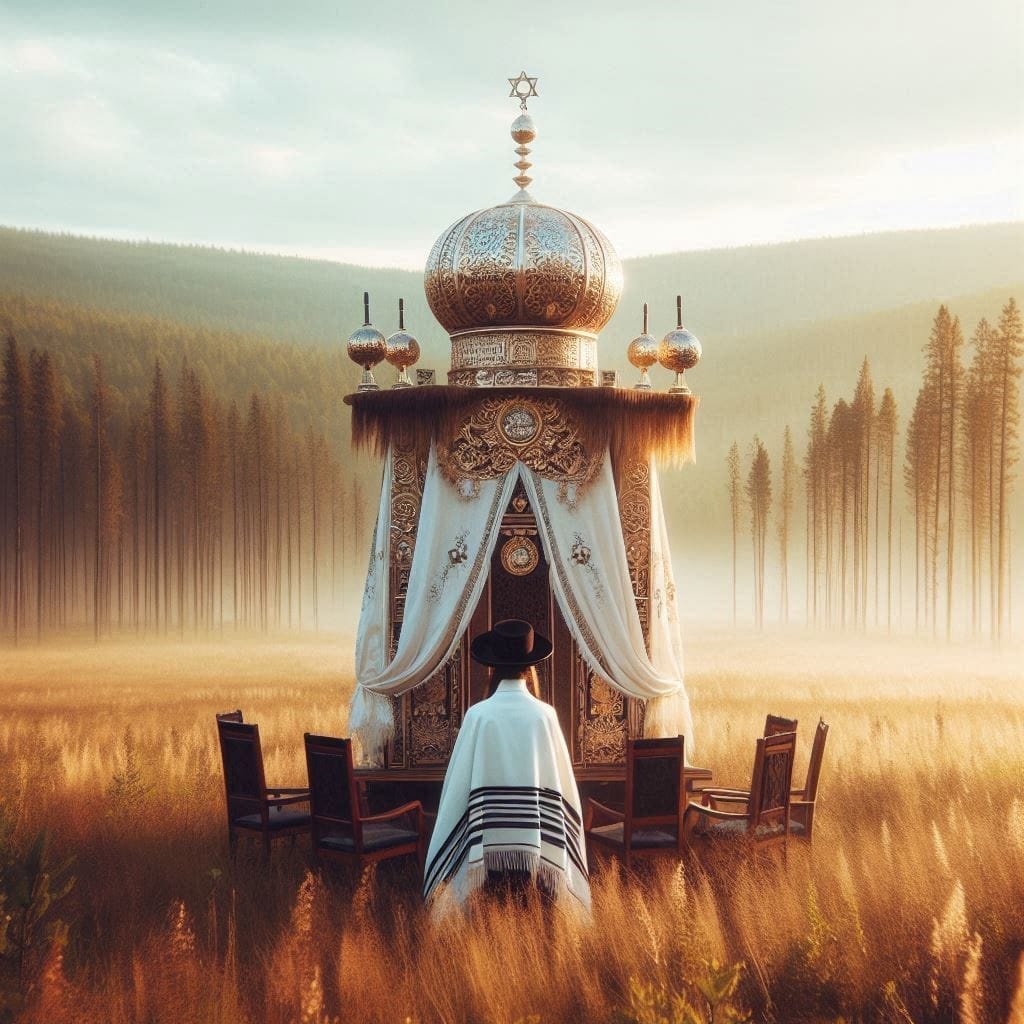
Bringing the Threads Together
At this stage, we see the architecture of the teaching:
Yom Kippur and Purim are mirrors. One is fasting, the other feasting. One is revealed, the other hidden. One is angelic, the other human. Both annul decrees and overturn fate.
Halacha safeguards this truth. Fasting is never for display but for the heart. Washing is permitted when needed to prevent false misery.
Mysticism deepens it. Yom Kippur is like Purim, but Purim is even higher — because holiness hidden within laughter and wine is harder to perceive than holiness revealed in awe and fasting.
Yeshua’s words stand within this stream. He teaches not to fast with gloom but with joy, not for human eyes but for the hidden Father.
This aligns perfectly with the halachic and mystical teaching: fasting and feasting alike must be joyful, secret, sincere.
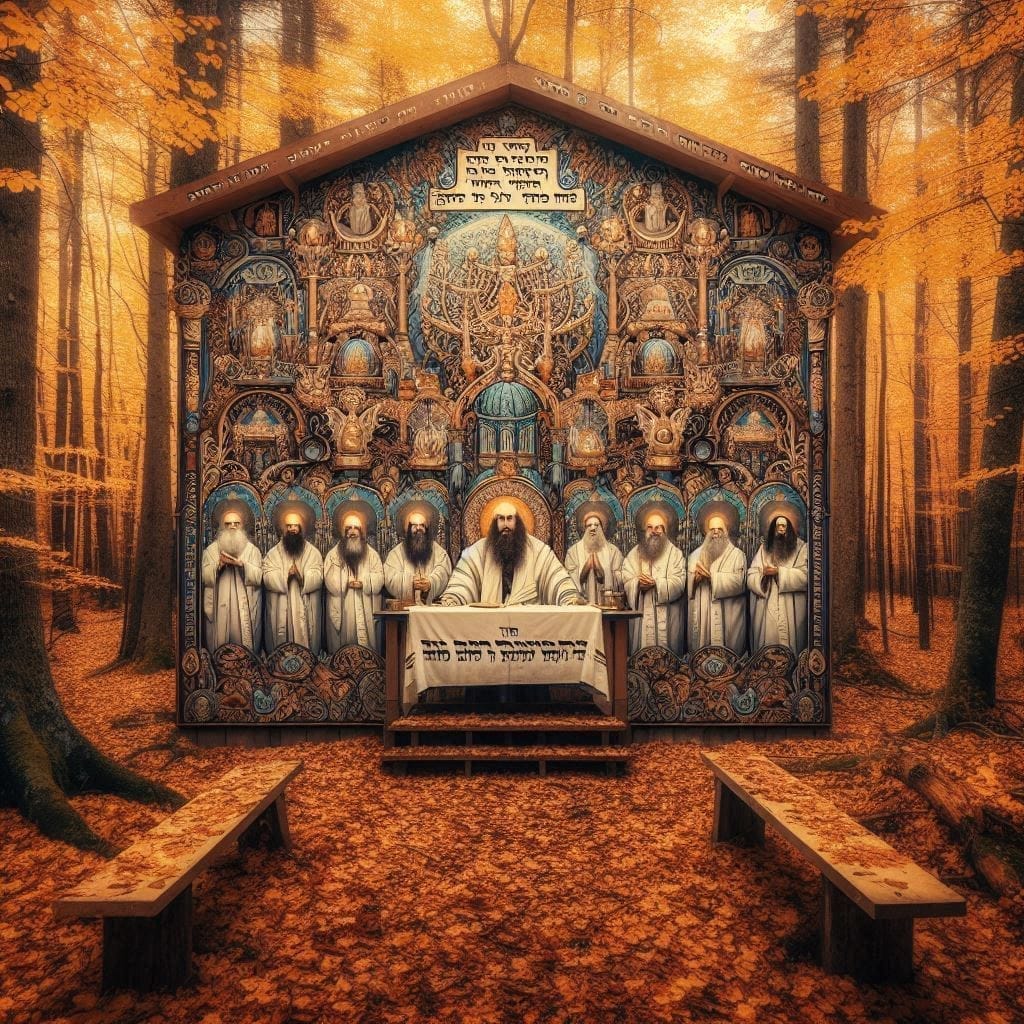
Subscribe now.
Sign up for our newsletter to get the most interesting stories of the day straight to your inbox before everyone else
Created with © systeme.io • Privacy policy • Terms of service


